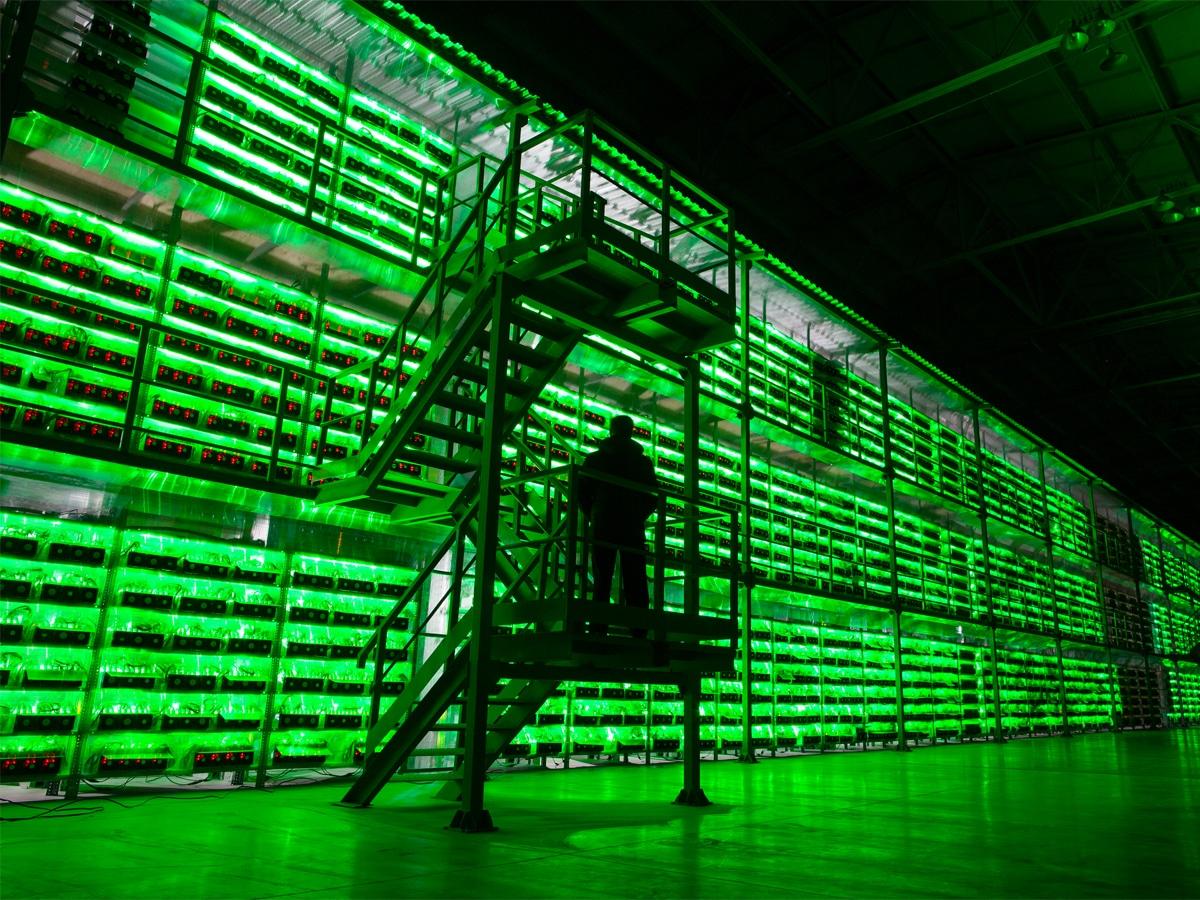While widespread adoption of cryptocurrency as a mainstream form of payment remains elusive, its appeal to enthusiasts and miners hasn’t diminished. However, rising popularity also brings growing concerns, particularly concerning Bitcoin’s energy consumption. As the undisputed market cap and popularity leader, Bitcoin mining has seen a significant uptick.
A recent study revealed that large-scale crypto operations in the United States now consume over 2% of the nation’s electricity, matching Australia‘s entire national consumption in 2023.
Per the Energy Information Agency (EIA), “Electricity demand associated with U.S. cryptocurrency mining operations in the United States has grown very rapidly over the last several years. Our preliminary estimates suggest that annual electricity use from cryptocurrency mining probably represents from 0.6% to 2.3% of U.S. electricity consumption.”
RELATED: 12 Best Cryptocurrency & Bitcoin Exchanges in Australia
Cryptocurrencies, particularly Bitcoin, rely on a “proof of work” system to release new coins. This process, known as mining, involves solving complex mathematical puzzles using specialized hardware and software. While it secures the network, mining consumes a significant amount of electricity, leading to growing environmental concerns. While individual hobbyists still dabble in mining with personal computers, large-scale crypto mining now relies on powerful rigs packed with specialized hardware. This equipment, though expensive, pales in comparison to the voracious appetite for electricity these operations demand.
Miners are always looking for places where electricity is cheap. After China made it harder for crypto miners to operate there, many of them moved to the US, where electricity has traditionally been cheaper.

The report from the EIA shows that the US has become a top choice for these miners. The EIA also states, “This additional electricity use has drawn the attention of policymakers and grid planners concerned about its effects on cost, reliability, and emissions.”
Resourceful miners have adopted innovative strategies to minimize their power consumption expenses. One enterprising group converted a decommissioned aluminium smelter in Texas, capitalizing on its existing robust grid connections. In another example, miners in Pennsylvania strategically positioned their facility adjacent to a nuclear power plant and established a direct link for efficient energy transfer. The EIA report also identified instances where miners strategically located themselves near natural gas fields, utilizing flared waste methane as a cost-effective power source.
Join Our Exclusive Community!
Keep up with the latest trends, best stories, and crucial updates from Man of Many direct to your inbox.
To better understand how the surge in bitcoin mining is affecting the US electric grid, the EIA plans to conduct “a mandatory survey focused on systematically evaluating the electricity consumption associated with cryptocurrency mining activity, which is required to better inform planning decisions and educate public.”
As EIA says in its report, “Other government and industry efforts to determine the effects of cryptocurrency mining on the energy system have generally taken the form of studies, which lack the comprehensive, standardized, timely, and consistent nature of a formal data collection. Data gathered during the emergency clearance will provide critical insight that informs our approach moving forward.”
You’ll also like:














